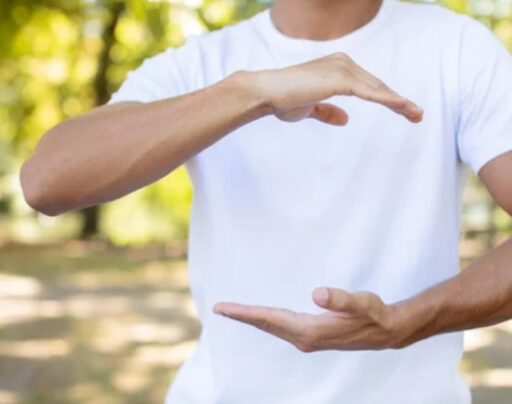Understanding the Challenge
Decreased bone mineral density (BMD) is a common issue following severe burns, leading to significant complications and posing a global health problem. Additionally, balance can be further compromised due to burn-related complications. Addressing these issues effectively is crucial for improving the quality of life in burn survivors.
Qigong Training: A Promising Approach
A recent study published by the journal Burns explored the benefits of incorporating Qigong training exercises into the standard physiotherapy regimen for burn survivors. The aim was to analyze the additive effects of Qigong on BMD and balance control post-thermal burn injuries.

Study Overview
Participants:
- 110 individuals (75 males, 35 females)
- Ages: 25-50
- Condition: Deep second and third-degree thermal burns affecting the trunk and lower extremities
- Total Body Surface Area (TBSA) affected: 30-45%
Methodology: Participants were randomly divided into two groups of 55:
- Group A: Standard physiotherapy regimen plus Qigong training
- Group B: Standard physiotherapy regimen only
Both groups underwent their respective interventions four times a week for eight weeks. Researchers assessed BMD, T-score of the lumbar spine, overall stability index (OSI), and dynamic limits of stability (DLOS) before and after the intervention period.
Key Findings
The study’s results were compelling:
- Significant Improvement in Qigong Group: Group A, which received Qigong training, showed a significant increase in BMD, T-score, and DLOS, and a significant decrease in OSI after eight weeks, compared to the control group (Group B).
- Overall Improvement in Both Groups: Both groups exhibited notable improvements in BMD, T-score, DLOS, and OSI post-treatment compared to baseline measurements.
- Statistical Significance: The improvements in the Qigong group were statistically significant, with a p-value of less than 0.001.
Conclusion
For patients recovering from second and third-degree thermal burns on the trunk and lower legs, combining Qigong training with a standard physiotherapy regimen for two months proved more effective in enhancing bone mineral density and balance control than physiotherapy alone.
This study highlights the potential of Qigong as a valuable addition to conventional physiotherapy in burn rehabilitation. By incorporating Qigong exercises, healthcare providers can offer a holistic approach that not only addresses physical healing but also improves overall stability and quality of life for burn survivors.